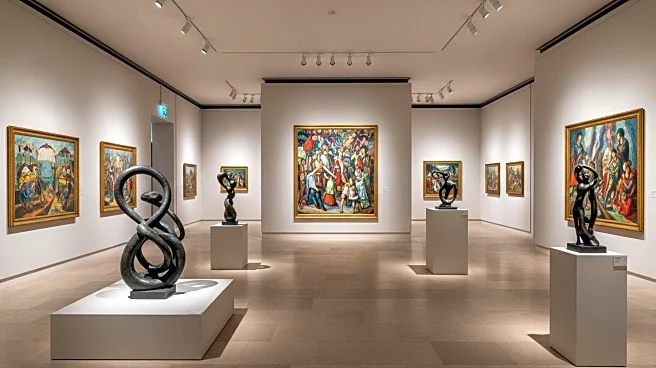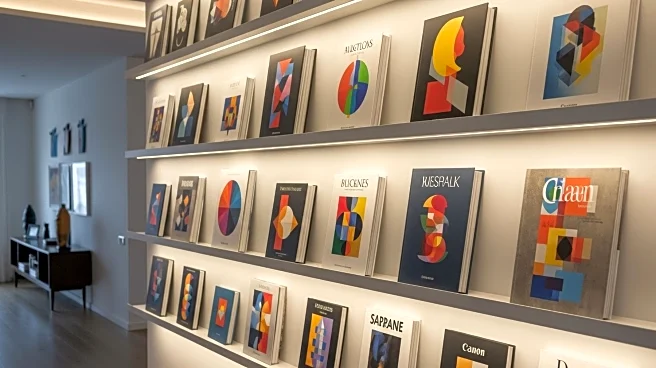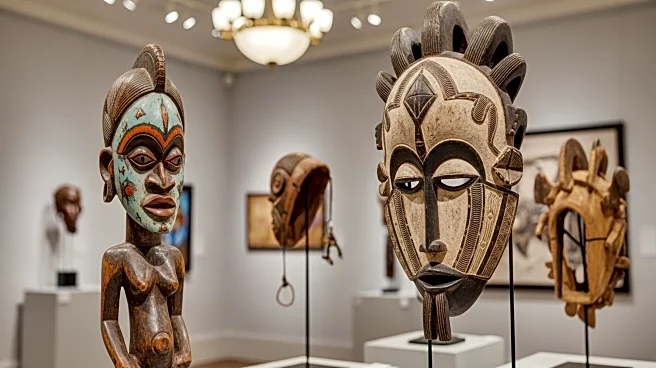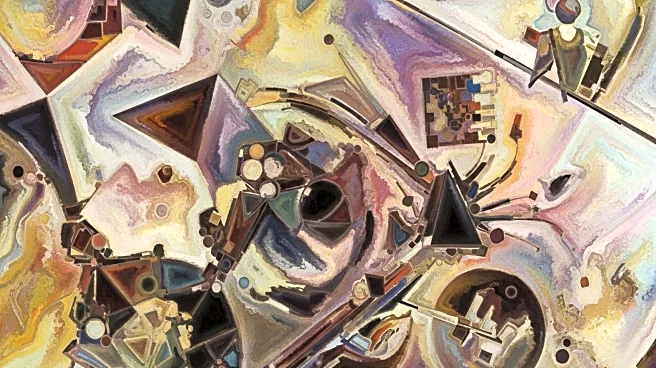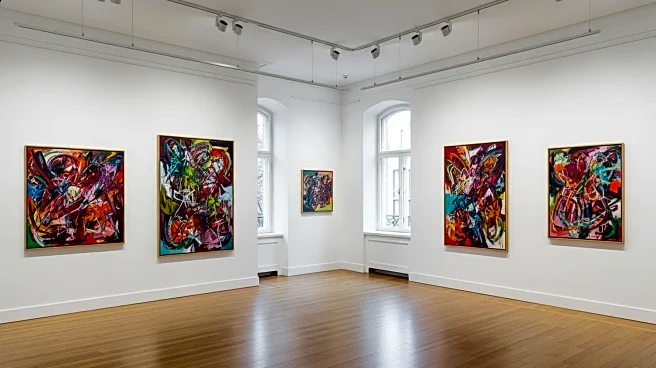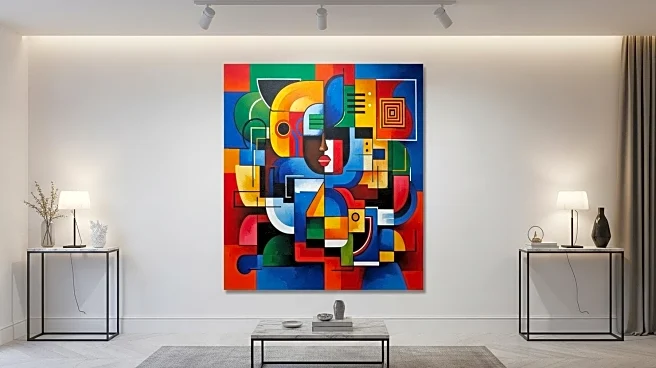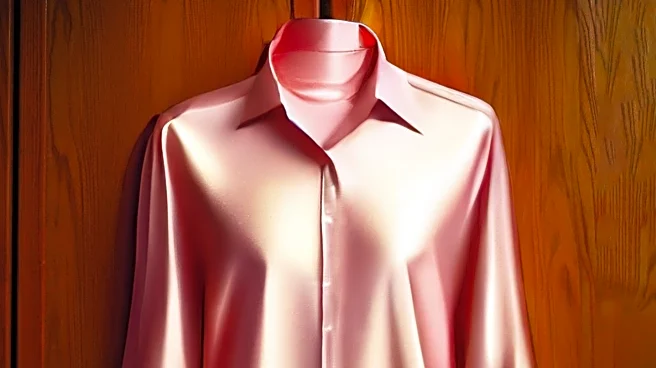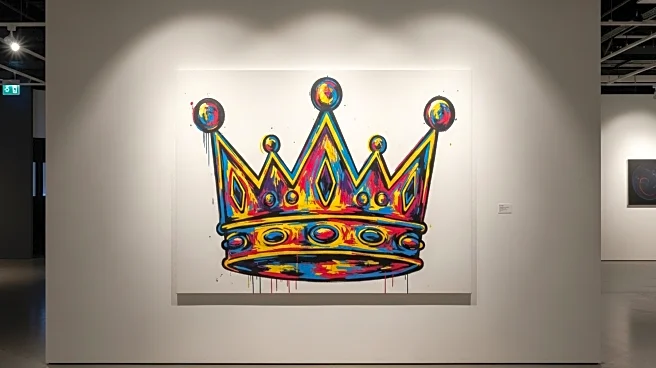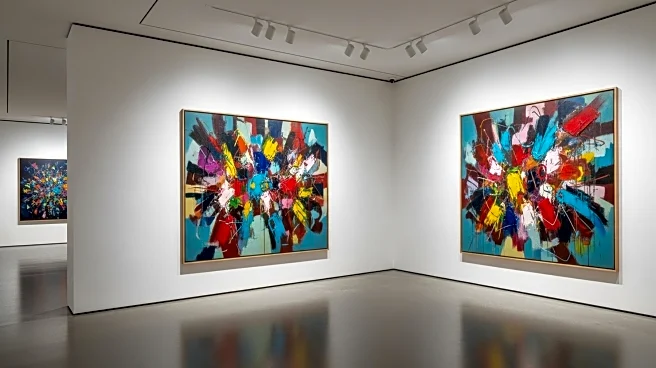What's Happening?
Museums worldwide are celebrating the 100th anniversary of Robert Rauschenberg's birth with exhibitions and programming dedicated to his work. This trend of anniversary exhibitions is common, with institutions often marking significant milestones of famous artists. These exhibitions serve as cultural moments, drawing from permanent collections and receiving support from artist foundations. However, they also reinforce existing cultural norms by focusing on already famous artists, often male and white.
Why It's Important?
Anniversary exhibitions play a significant role in shaping cultural narratives and reinforcing the status quo. While they provide opportunities for museums to engage with cultural moments and receive financial support, they also highlight the need for diversity in artistic representation. By focusing on well-known artists, these exhibitions may overlook emerging or underrepresented voices. The trend raises questions about the criteria for cultural celebration and the impact on future generations' understanding of art history.
Beyond the Headlines
The phenomenon of anniversary exhibitions can be likened to legacy admissions in universities, where established figures receive preferential treatment. This practice may limit opportunities for new and diverse voices in the art world. As museums plan future exhibitions, there is potential for more inclusive programming that reflects a broader range of artistic contributions.

